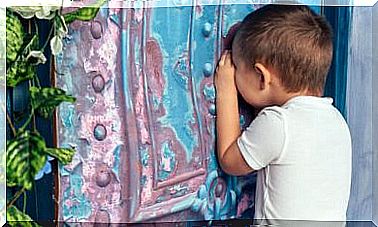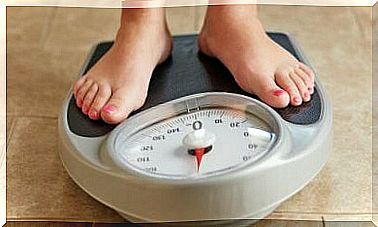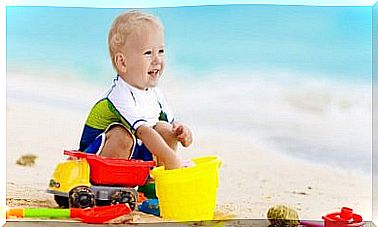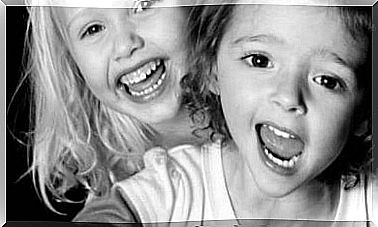Respiratory Infections In Children. Meet Some!

Respiratory infections in children consist of an invasion of pathogens that cause diseases in the respiratory tract, which is formed, at a higher level, by the nose, mouth, pharynx and larynx, and, at the lower level, by the trachea, lung (bronchi , bronchioles) and pulmonary alveoli.
Some children have immunological quirks that make them more prone to these types of respiratory infections. Likewise, there are circumstances that contribute, either by the environment in which they develop or by family attitudes, to accentuate these pathologies.
What are the risk factors?
There are conditions of care that promote the development of respiratory infections in children. These can go hand in hand with parental care and interaction with family members, such as:
- Inadequate breastfeeding: this is when the baby is not exclusively breastfed with breast milk or is breastfed for only a few months.
- Malnutrition: a poor diet for children causes their defenses to be low and the membrane of the lungs to be reduced, which allows the entry of microorganisms.
- Pollution caused by cigarette smoke: the child’s exposure to cigarette smoke affects their respiratory capacity.
- Environmental conditions and overcrowding: when a child sleeps in a room with more than three people, their hygiene and safety are at risk.
Symptoms of Respiratory Infections in Children
For more specific symptoms, take into account that the respiratory system is divided into two parts: the upper part (nose, mouth and throat) and the lower part (bronchi and lungs).
The symptoms that usually accompany a respiratory infection are as follows.
- Cough
- Headache
- Fever
- Irritability
- hoarseness
- Ear pain or discharge
- Congested nose due to mucus secretion
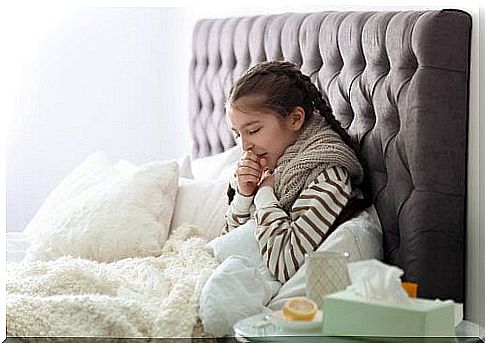
Respiratory Infection Symptoms in the Upper Respiratory System
- Common Cold: It is very contagious and affects most children. It is characterized by nasal congestion, sneezing, sore throat, dry cough and mild fever.
- Influenza: It ‘s similar to a cold, but it causes more complications. There is fever with chills, fatigue, weakness, possible stomach pain and vomiting.
- Croup: disease that inflames the trachea, larynx and bronchioles. It is known to cause a hoarse or aphonic cough and wheezing in children.
- Sinusitis: A viral infection that causes inflammation and excess mucus, which in turn leads to the deposition of germs in children’s sinuses.
Symptoms of respiratory infection in the lower respiratory system
- Respiratory syncytial virus (RSV): affects most children under 2 years of age. It has symptoms similar to the common cold, causes breathing difficulties and, in severe cases, can cause asthma.
- Bronchiolitis: affects children in the first 2 years of life, especially between 3 and 6 months. It inflames the airways that carry air to the lungs, making breathing difficult.
- Pneumonia: is an infection that affects children’s lungs. These generate fluids that accumulate in the respiratory tract and make breathing difficult.
- Asthma: Causes inflammation of the child’s airways, increased heart rate, difficulty breathing, and shortness of breath when running or playing.
- Gastroesophageal reflux disease (GERD): When the muscle that closes the opening between the stomach and the esophagus in children does not work properly, pieces of food and gastric acid pass from the stomach into the esophagus causing irritation and burning.
- Respiratory allergies: are caused by allergens that are in the child’s environment, which causes nasal congestion, watery eyes, tight throat and sneezing, among others.
- Anaphylaxis: Allergy to insect, latex, drug or food stings.
How to prevent respiratory infections in children
Some public health agencies, such as the Ministry of Health of the Argentine Nation, highlighted measures to be taken to prevent children and babies from contracting a respiratory infection:
- Have hygiene habits when dealing with newborns.
- If the baby is underweight, take the child to the doctor as soon as possible.
- For babies, continue breastfeeding to strengthen your immune system for at least 6 months.
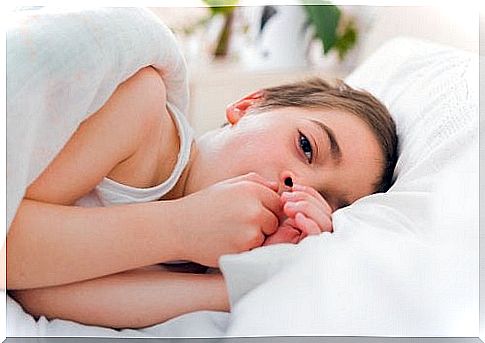
- Air the room, avoid sudden changes in temperature and avoid closed spaces.
- Keep the house smoke-free and prevent people from smoking nearby.
- Boost the body’s defenses with a good diet.
- Tell the children to wash their hands on both sides when they get home and before each meal.
- Prevent children from sharing your stuff; toys, utensils (plates, glasses, cutlery) and food.
- Wrap very well during very low temperatures.
- If your child has any symptoms, such as a cough, fever, nasal congestion, or has fast breathing, wheezing, or hoarseness, see a doctor immediately.
Respiratory infections in children cannot be prevented, but we can reduce the risk of being affected by them. These types of illnesses can be treated with medication. However, if we don’t go to the pediatrician in time, very serious complications can occur.
